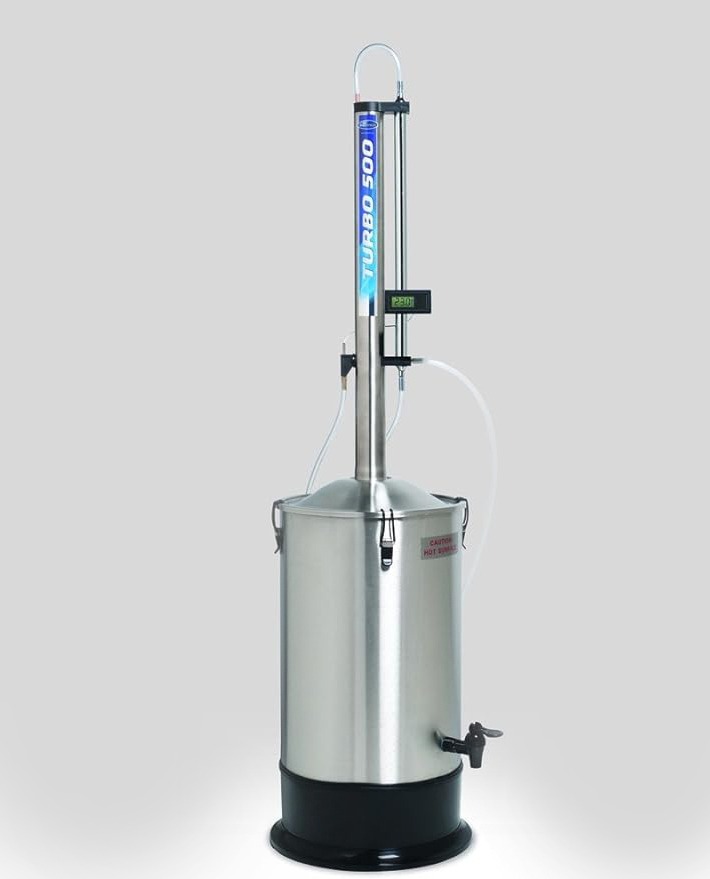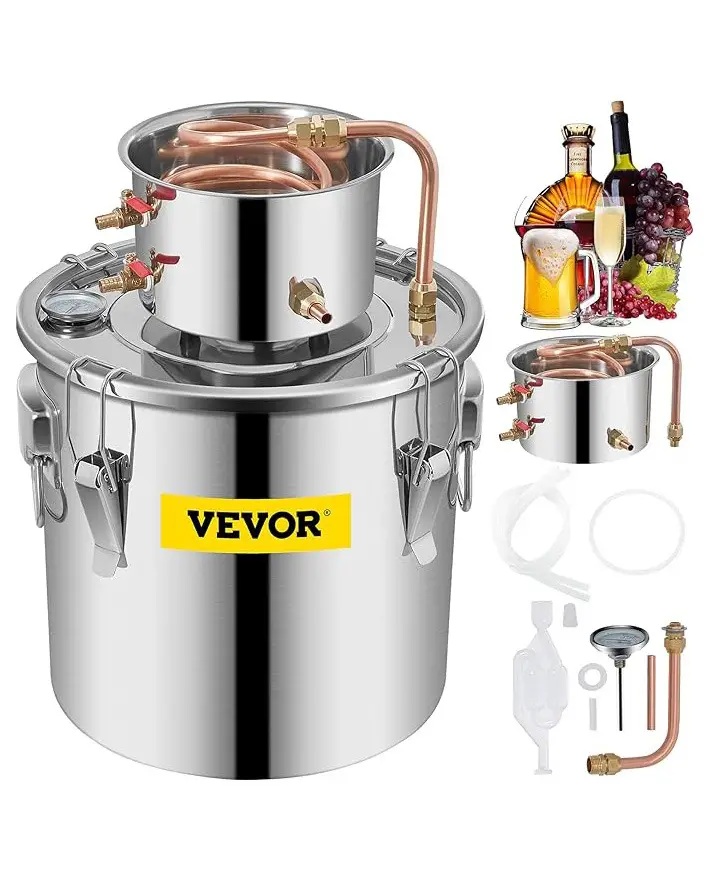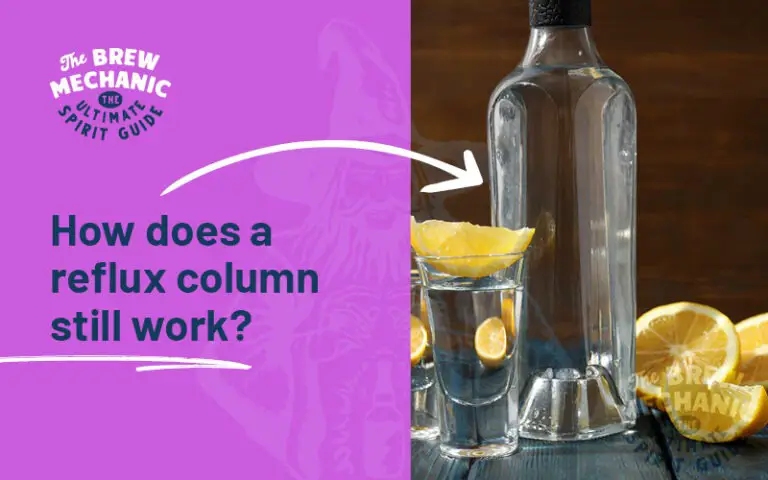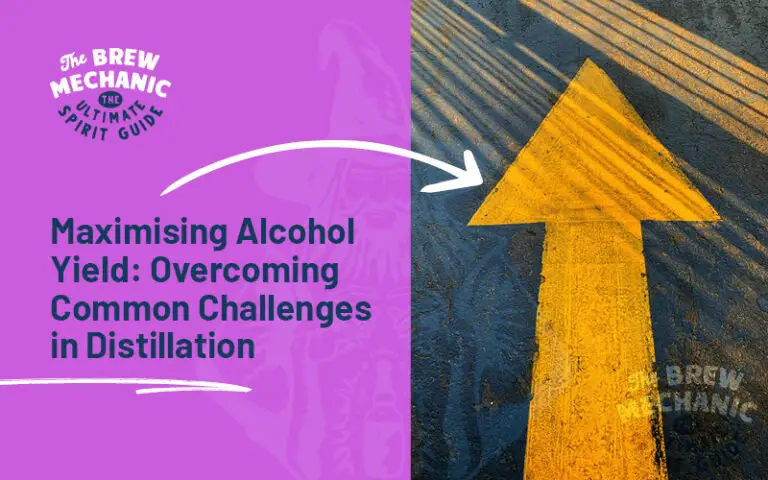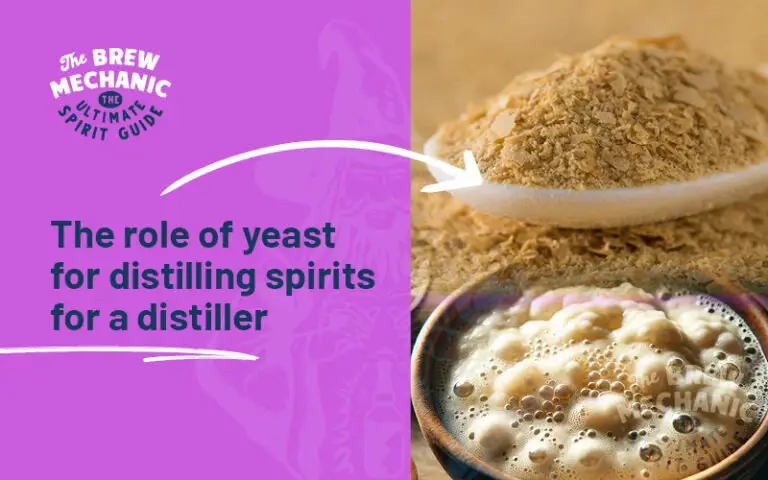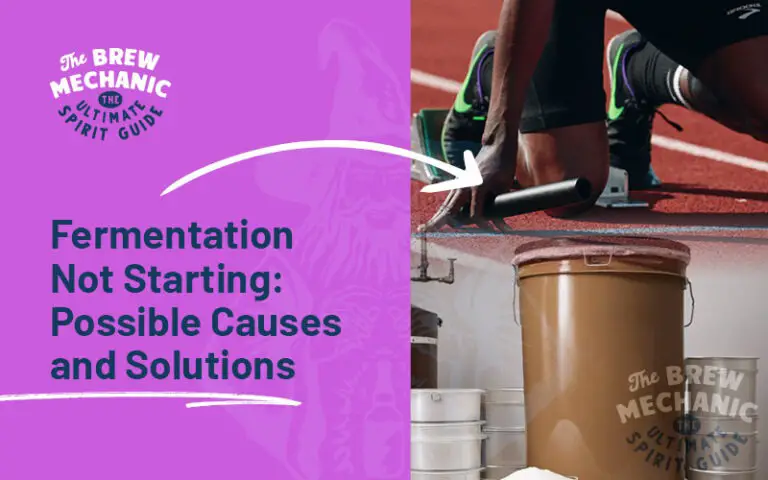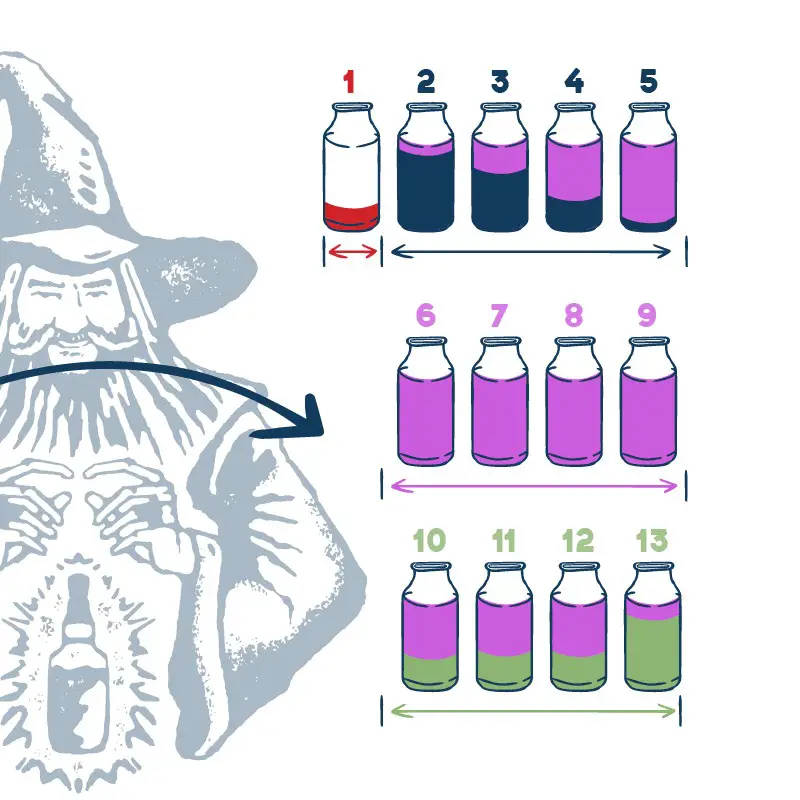Home Distilling DIY Must Knows: From Sugar Wash and Mash

Disclaimer: This post might include affiliate links, through which I may earn a small commission without any extra cost to you. Additionally, I am an Amazon Associate and earn from eligible purchases. All the products and services I suggest are ones I have personally used or would use. Thank you very much for your support if you decide to buy through any of my links!
Come join the Distilling Squad!
Get the best fundamental tips & tricks here. Woohoo!
Home distilling DIY is an art form that has captivated enthusiasts for centuries. This process involves transforming basic ingredients like sugar and grains into alcoholic beverages. The allure of home distilling lies in its blend of science and creativity, offering endless possibilities for those who are passionate about spirits.
Whether it’s the rich aroma of whiskey or the clear, crisp taste of vodka, home distilling allows you to create unique flavors resulting in spirits that are truly your own.
Choosing Your Path for distilled alcohol: Sugar Wash or Mash
Your journey begins with a crucial choice: sugar wash or mash. A sugar wash is a simple mixture of sugar, water, and yeast. It’s a popular choice for beginners due to its straightforward process and predictable results.
And then, mash is a mixture of grains, water, and yeast, commonly used for creating rich, flavor-packed spirits like whiskey or brandy. The choice between sugar wash and mash depends on the type of spirit you aim to produce and the flavor profile you’re going after.
The Fundamentals of Sugar Wash = Neutral spirit
Creating a successful sugar wash is an essential skill for any home distiller. So, the process starts with dissolving sugar in water, followed by the addition of yeast.
This mixture then undergoes fermentation, where the yeast converts the sugars into alcohol and carbon dioxide. It’s important to monitor the sugar levels and temperature during this stage to ensure efficient fermentation in your batch.
This is a very summarised version as this topic will get very in depth. A well-prepared sugar wash sets the stage for a smooth distillation process, leading to a high-quality end product.
The Fundamentals of Mash = Flavor spirit
Mash preparation is a bit more intricate, involving the careful selection and combination of grains. The choice of grains – whether corn, barley, rye, or wheat – greatly influences the character and flavor of the resulting spirit.
The grains are milled and then mixed with water to create a mash. This mixture is then heated, activating enzymes that convert the starches in the grains into fermentable sugars. Yeast is added to ferment these sugars into alcohol, a process that can be tweaked depending on the desired flavor profile.
For example, adding fruits or botanicals can steer the mash towards a brandy, rum or gin profile. This is where you get moonshine, it starts from a mash.
We choose sugar wash over mash for beginner distillers.
Still Choice for Home Distilling DIY
Reflux Still Distillation = Sugar Wash
Reflux still distillation is a method designed to produce high-purity spirits. In this process, the vapour from the boiling liquid is repeatedly condensed and evaporated in a column, enhancing the concentration of alcohol.
This method is particularly suitable for neutral spirits as in no flavour, where clarity and purity are key. The reflux still allows for precise control over the final alcohol content, making it a popular choice for distillers seeking to create smooth, clean neutral distilled spirits. You will add the flavour later on like brandy.
Pot Still Distillation = Mash
Pot still distillation is a traditional method that’s been used for centuries, particularly in whiskey making. The pot still, a simple yet effective apparatus, works by heating the mash until the alcohol evaporates.
This vapor then condenses back into liquid form, capturing the essence and flavors of the original mixture. The pot still is revered for its ability to produce spirits with rich, complex flavors, making it ideal for crafting whiskies and other full-bodied spirits.
Safety First: Legal and Safety Guidelines in Home Distilling
Home distilling is both a rewarding hobby and a serious endeavor, requiring adherence to safety and legal guidelines. Safety precautions, such as proper ventilation and careful monitoring of the distillation process, are crucial to prevent accidents.
Additionally, it’s important to be aware of the legal regulations surrounding home distilling, as laws vary by region. Ensuring compliance with these regulations is essential for a responsible and enjoyable distilling experience.
Essential Tips and Inspirations for Home Distilling DIY Distillers
Embarking on a home distilling DIY journey opens up a world of possibilities, allowing you to craft a diverse range of spirits from the comfort of your home. With the right knowledge, tools, and a dash of creativity, you can transform simple ingredients into extraordinary spirits. So, gather your supplies, fire up your still, and get ready to distill! Good luck!
Last Updated on Dec 18, 2023 by The Brew Mechanic
Disclosure: I may receive affiliate compensation for some of the links below at no cost to you if you decide to purchase a product or service. You can read our affiliate disclosure in our privacy policy. The information provided is for entertainment only.

With 35 years of knowledge of being a chemical engineer in alcohol manufacturing plants, my mission is to teach the next generation of home distilling alcohol brewers at a supernatural speed.
My reviews are based on real-life experiences with reflux stills, sugar wash, troubleshooting and mystical chemical reactions.

